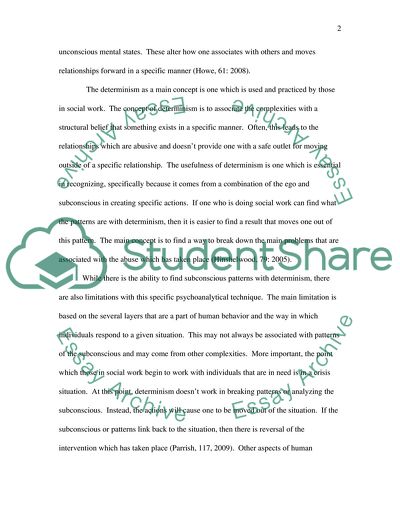Cite this document
(Enhancing Social Work Management Research Paper, n.d.)
Enhancing Social Work Management Research Paper. Retrieved from https://studentshare.org/sociology/1744057-theoretical-perspectives-in-social-work
Enhancing Social Work Management Research Paper. Retrieved from https://studentshare.org/sociology/1744057-theoretical-perspectives-in-social-work
(Enhancing Social Work Management Research Paper)
Enhancing Social Work Management Research Paper. https://studentshare.org/sociology/1744057-theoretical-perspectives-in-social-work.
Enhancing Social Work Management Research Paper. https://studentshare.org/sociology/1744057-theoretical-perspectives-in-social-work.
“Enhancing Social Work Management Research Paper”, n.d. https://studentshare.org/sociology/1744057-theoretical-perspectives-in-social-work.


